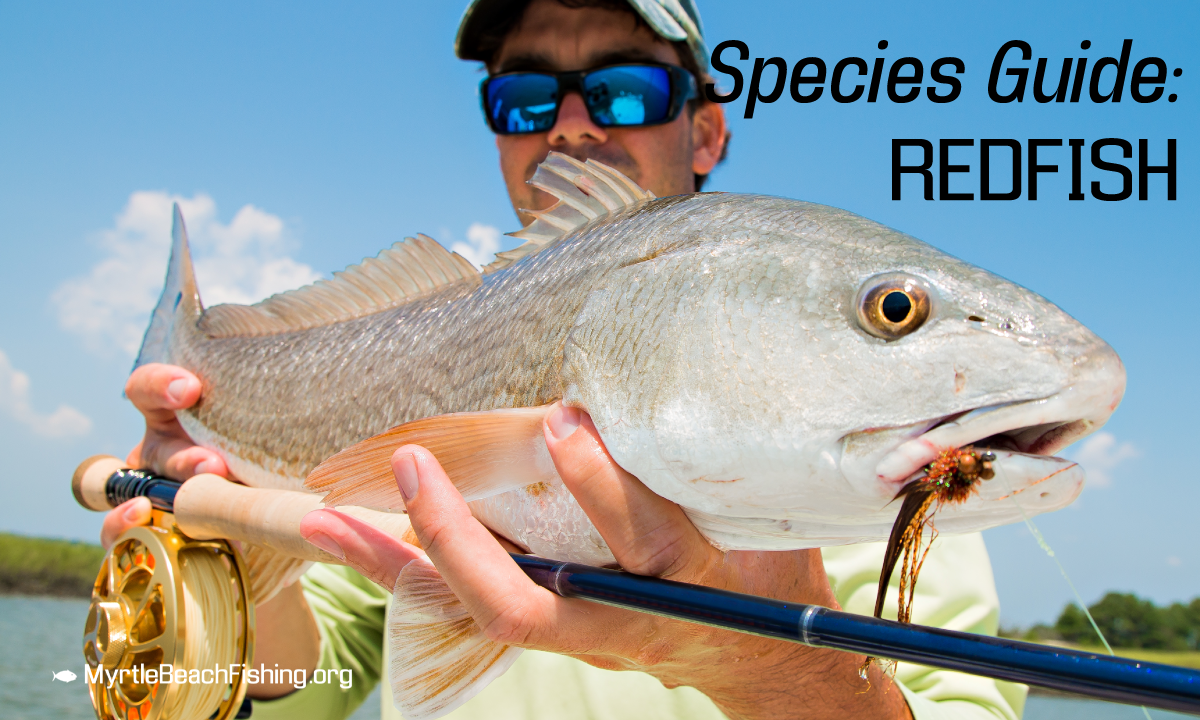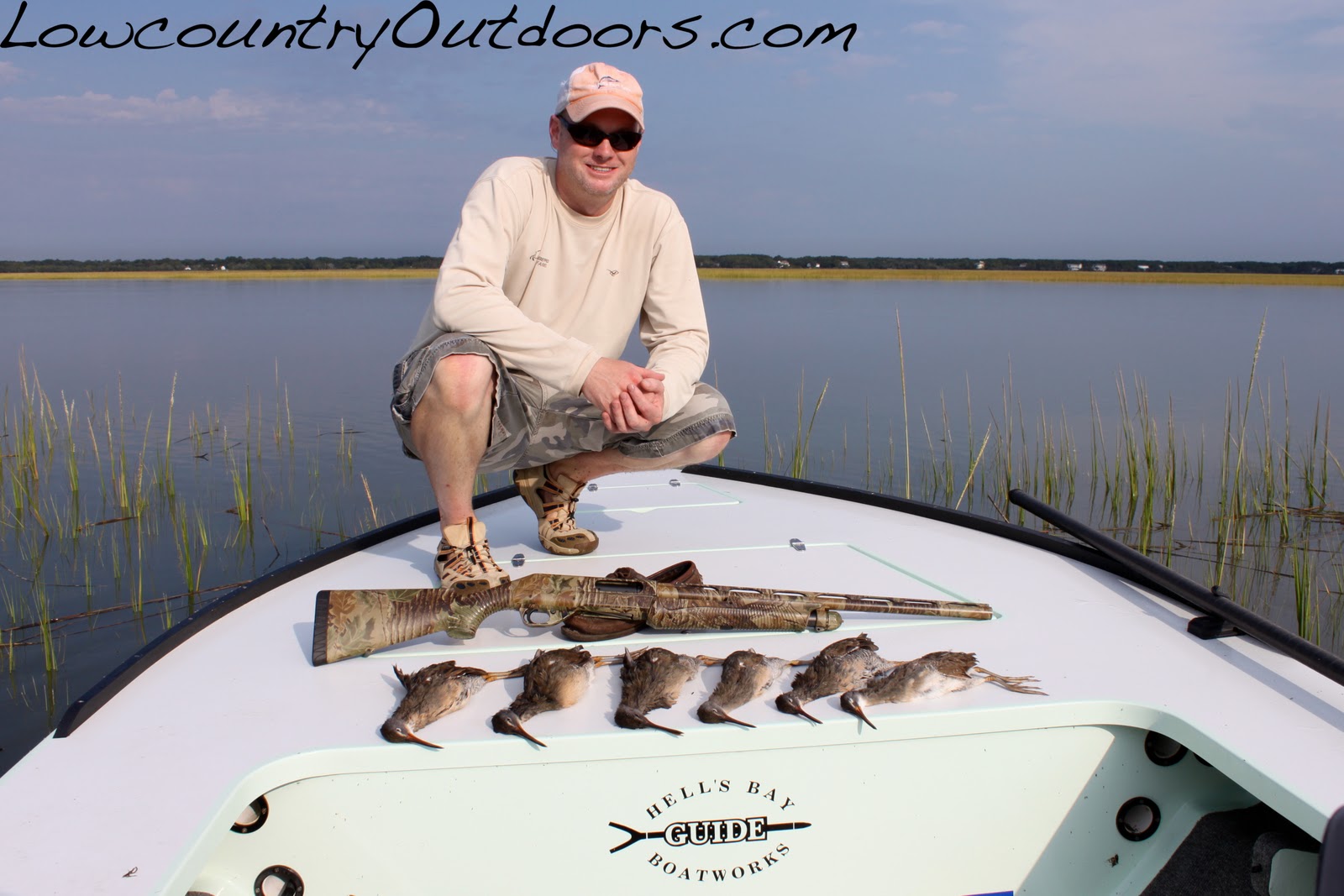Redfish Slot Limit Sc
 Round Four of the Lowcountry Redfish Cup was fished in Charleston on Oct. 16 when 31 two-man teams competed for the heaviest aggregate-weight for two redfish. The Lowcountry Redfish Cup allows only two fish to come to the scale and they must be slot-limit redfish which will be measured using a pinched tail system. Team Flats Broke busted out their system for total domination when they came out on top with a 9.65-pound total weight to take home the first place cash. Organizer Fred Bricketto will now conduct a Championship event for the top ten teams of the year, and that event will be fished in Beaufort on Nov. 13. Stay tuned for the exciting finish about which team gets bragging rights for the 2010 Lowcountry Redfish Cup. To view past blog entries about the 2010 LRC click here.
Round Four of the Lowcountry Redfish Cup was fished in Charleston on Oct. 16 when 31 two-man teams competed for the heaviest aggregate-weight for two redfish. The Lowcountry Redfish Cup allows only two fish to come to the scale and they must be slot-limit redfish which will be measured using a pinched tail system. Team Flats Broke busted out their system for total domination when they came out on top with a 9.65-pound total weight to take home the first place cash. Organizer Fred Bricketto will now conduct a Championship event for the top ten teams of the year, and that event will be fished in Beaufort on Nov. 13. Stay tuned for the exciting finish about which team gets bragging rights for the 2010 Lowcountry Redfish Cup. To view past blog entries about the 2010 LRC click here.
Bag limits apply to hook and line or gig. Red Drum: May not be harvested by gig Dec. 28: 2 per person per day (state waters) not to exceed 6 per boat per day. Possession prohibited in federal waters. 23-inch TL: May only be taken by rod & reel and gig. May not be harvested from federal waters. How To Catch Fall Redfish VIDEO. Turning action to get these oversized and upper slot limit fish. In SC we still have a ton of 5″+ Mullet in the inlet that.
Flounder
Murrells Inlet is known around South Carolinafor its flounder fishing. There are four species of flounder that can be foundhere, summer flounder, southern flounder, winter flounder and gulf flounder.When inshore fishing in the warmer months, all but winter flounder can befound. The most common species caught are summer and southern flounder. Most flounder caught range from 10in-17in,but flounder over 20in are possible as well. In the low country, when aflounder over 20in is caught, it earns the nickname “doormat”, due to the flatshape and size of the fish. The legal keeping size for flounder is a 15inminimum. Flounder are a key predator and lay in ditches, holes, sandbars, andoyster beds waiting to attack a baitfish or shrimp. One of the great challengesof flounder fishing is how they bite your bait. When they bite, the key to success is patience. Many anglers set thehook way too early when flounder fishing. When a flounder takes your minnow,they bite it at the tail. Next, they begin to spin the bait around and eat ithead first in order to lay the fins down to prevent injury during feeding. Thismeans giving the fish proper time to eat the bait is the biggest key whenfishing for flounder. They are excellent to eat, and more times than not, you canget 4 fillets off of one flounder.

Redfish
The redfish has many names; spot tail, red drum, channel bass, and puppy drum are commonly used. They are a very strong fish and put up a great fight when being caught. Most redfish in Murrells Inlet are found back in the creeks or at the jetties. They will eat a variety of baits such as, shrimp, mullet, mud minnows and cut baits. Depending on what time of year and where you are fishing determines what kind of bait is preferred. The redfish have a very distinct copper/orange skin and a black spot on their tail, occasionally having more than one spot. This is used as a form of confusing camouflage when larger predators, such as dolphin, are trying to eat them. The redfish often times will school and get close together when threatened and the spot on the tail looks like an eye to a hungry predator. When the school gets close together and all the spots are grouped up it is harder for the predator to decipher where the head and tail is on an individual redfish. One of the best times to catch redfish is in the fall (October-December). However, they can still be caught almost year around. Usually in October and November, the larger redfish, also known as bull reds, can be found near the jetties or just off the beach about a mile out. These bull reds fight hard and can get upwards of 40lbs. The bigger redfish must be released due to the legal slot for keeping redfish is 15-23in. If you do catch redfish in the slot limit, they are great to eat. All in all, any size redfish will put up a great fight and test you as an angler.
Spotted Sea Trout
Spotted sea trout are a highly targeted gamefish in Murrells Inlet. They have beautiful colors and most have black spotsall over. Many anglers refer to them as speckled trout or winter trout. Unlikewhat you may think, the sea trout is actually a member of the drum family andhas no relation to any freshwater trout. Speckled trout are normally targetedin October, November and December. That is when the larger schools show up inthe creeks and around the jetties, potentially catching large numbers ofspeckled trout. On rare occasion, a few can be caught in the warmer months.However, catching a speckled trout in the summer is usually a big one. When anangler catches a speckled sea trout that is near 20 inches or bigger, it earnsthe nickname “gator trout”. The more popular way to catch speckled trout isusing an adjustable cork with a live shrimp. Sometimes, you can catch them on live mullet using a Carolina rig or athree-way swivel rig. There are days when they will eat artificial baits justas good, if not better than live shrimp. The more common artificial baits aresoft plastic swim baits or shrimp imitations on a jig head. If you ask seatrout anglers what is the best artificial lure, each one will give a differentanswer. Speckled sea trout can also be caught using hard plastic baits such asmirror lures, a variety of jerkbaits, lipless crankbaits or zara spooks.Speckled sea trout are a great fight on light tackle and are excellent to eat.
Black Drum

The black drum is the lazier cousin of the reddrum (redfish), but can fight just as hard. Black drum are normally found inschools and love to eat a variety of crustaceans and cut bait. The easiest wayto fish for them is to use a shortened Carolina rig with a small piece ofshrimp. These fish are shaped a little different than redfish. They are broaderand their mouths are located more on the under-side of the chin. Black drumalso can have very distinct black and white stripes and are sometimes confusedwith a sheepshead. There are also times when black drum will be almost solidblack in color. Black drum can usually be found at lower tides near oyster bedsand deep holes inside the inlet. When fall arrives, the bigger black drum willstart to show up around the jetty rocks and more schools will show up in thecreeks. Normally, the best time to target black drum is November and December.Like many other fish, they still can occasionally be found many months out of theyear in Murrells Inlet. That being said, some months are just better thanothers on average. Larger black drum put up a great fight and normally willswim against the current when hooked. They are an excellent fish to eat and canbe prepared various ways.
Cobia
Redfish Slot Limits Florida
Cobia can be one of the most exciting andhardest fighting fish for any angler. They can be caught offshore and nearshoredepending on the time of year and how the bait is migrating. One of the bestthings about cobia is the ability to hook them by sight casting. You can watchthem attack your bait. These fish can be found on the surface around giantschools of baitfish, like menhaden, or near any structure off the beach.Examples of these types of structures are bell buoys, offshore channel markers,offshore and near shore wrecks or just floating debris. The best time to targetthis fish near shore is typically in late April-June. Keep in mind this can besubject to change depending on water temperatures and baitfish migrations.Cobia are very curious fish and sometimes will show up and swim around yourboat just to see what is going on. They can be caught casting bucktails, largecurly tail grubs, spoons and eel imitating lures. Live bait and cut baitfishing can be productive in the right circumstance. When fishing for cobia,you are usually targeting fewer bites. However, the quality of fish is muchbetter. They are one of the best tasting fish in the ocean. Juvenile cobia,that must be released, can be found back in the inlet or at near shore reef. Ifthe season is open, the minimum length for keeping is 36 inches to the fork inthe tail. Cobia over 20 pounds are not uncommon and, on occasion, ones over50lb are caught.
Spanish Mackerel
Spanish Mackerel, “Spanish” for short, isnormally a schooling fish and can be a blast to catch. Schooling spanish can becaught trolling, live bait fishing or by casting lures like gotcha plugs,mirror lures and jigging spoons. Casting for these fish on light tackle can bea great fight. They will eat almost any baitfish that is in the area, butnormally look for mullet and glass minnows. The most popular way to catchspanish is to troll spoons and Christmas tree rigs. A Christmas tree rig is aseries of multiple hooks with colored plastic tubing over the shank of thehook. Normally, each rig will have 5-7 hooks including a spoon on the end. Thisforms a long strand of colored lures gliding through the water. Given the factthere are multiple hooks on each rig, multiple fish can be caught on one lineat one time. It is common to have 2 or 3 spanish on at once. If your timing isright and you can troll multiple lines, bringing 20 or more back to the dock ispossible. The larger ones are normally caught using live mullet. You can freeline live baits or slow troll them. The key is to make them look as natural aspossible and use the lightest line/wire as possible, due to their excellent eyesight.Most live bait fishing for spanish is done near the jetty mouth or at nearshorereefs. This style of fishing usually produces less fish but better qualityfish. Spanish are usually best to eat when fresh. King mackerel will also makea near shore run in the fall, usually October and November, and can be caughtright off the beach. The kings are caught trolling dead cigar minnows or slowtrolling live bait.
Sharks
Redfish Slot Limit Screen
Sharks are an apex predator of the ocean and can be caught near shore most summer and fall months. The most common species of shark in the Murrells Inlet area are